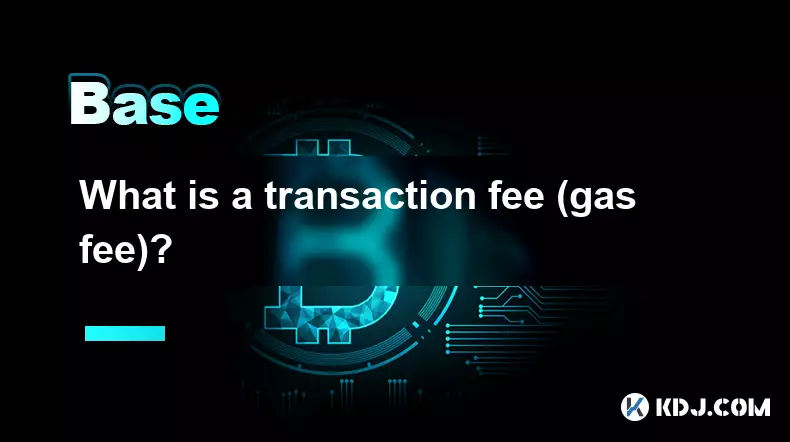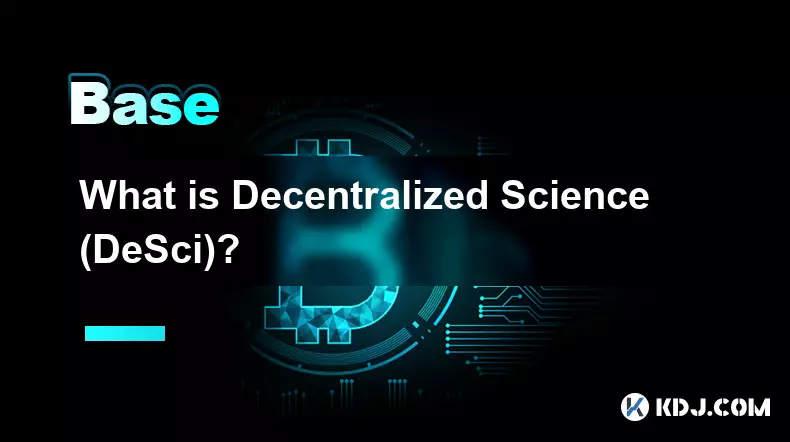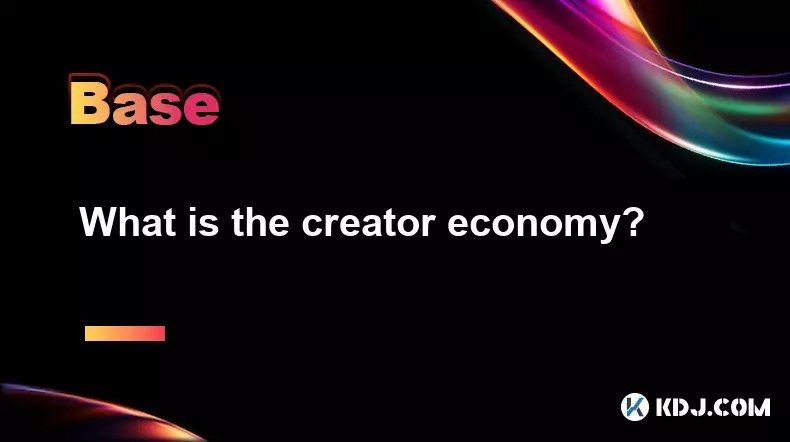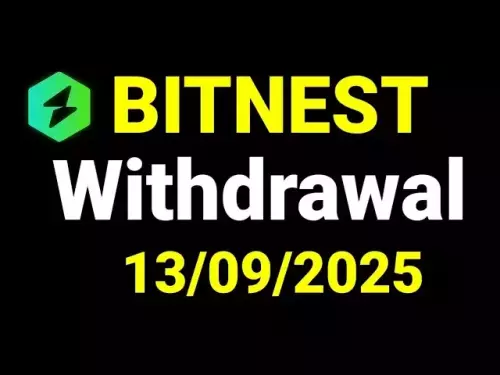-
 bitcoin
bitcoin $116671.700731 USD
-0.07% -
 ethereum
ethereum $4614.067903 USD
2.14% -
 xrp
xrp $3.088291 USD
1.49% -
 tether
tether $1.000362 USD
-0.01% -
 bnb
bnb $987.229886 USD
2.93% -
 solana
solana $245.931058 USD
3.98% -
 usd-coin
usd-coin $0.999926 USD
-0.02% -
 dogecoin
dogecoin $0.282081 USD
4.73% -
 cardano
cardano $0.916372 USD
4.08% -
 tron
tron $0.343952 USD
0.28% -
 hyperliquid
hyperliquid $58.838953 USD
8.45% -
 chainlink
chainlink $23.998618 USD
2.02% -
 ethena-usde
ethena-usde $1.001077 USD
-0.02% -
 avalanche
avalanche $32.209027 USD
7.08% -
 sui
sui $3.800649 USD
5.65%
What is a stablecoin depeg?
A stablecoin depegs when it loses its 1:1 value with the pegged asset, often due to reserve issues, market panic, or systemic flaws, triggering sell-offs and ecosystem instability.
Sep 12, 2025 at 01:18 am

Understanding Stablecoin Depegging
1. A stablecoin depeg occurs when a cryptocurrency designed to maintain a fixed value relative to a specific asset, typically the US dollar, deviates significantly from that peg. Most stablecoins aim to hold a 1:1 ratio with fiat currencies, but various factors can disrupt this balance. When the market price of a stablecoin falls below or rises above its intended value, it is said to have depegged.
2. Depegging can be temporary or prolonged, depending on the underlying causes and the response from the issuing entity or market participants. Short-term depegs may resolve quickly due to arbitrage opportunities, while severe cases can lead to loss of confidence and extended trading at a discount or premium.
3. The stability mechanism varies across different types of stablecoins—fiat-backed, crypto-collateralized, and algorithmic—each with unique vulnerabilities. When confidence in the backing assets or the protocol’s ability to maintain the peg erodes, users may rush to sell, accelerating the depeg.
4. Market psychology plays a critical role during depeg events. Panic selling, withdrawal surges, and reduced liquidity amplify price deviations. In extreme cases, a depeg can trigger a death spiral, especially for algorithmic stablecoins that rely on market incentives to maintain parity.
5. Regulatory scrutiny often increases following a depeg, particularly if users suffer losses. Authorities may investigate the reserve claims of fiat-backed stablecoins or the governance structures of decentralized ones, impacting future operations and trust in the broader stablecoin ecosystem.
Causes of Stablecoin Depegging
1. Insufficient or questionable reserves are a primary cause. If a fiat-backed stablecoin does not hold enough USD or equivalent assets to cover its circulating supply, any revelation of shortfall can trigger a loss of trust and rapid selling.
2. Market volatility in the broader cryptocurrency space can spill over. During periods of intense sell-offs, traders may offload stablecoins to exit positions, creating downward pressure on price even if the coin is well-backed.
3. Smart contract vulnerabilities or governance failures in decentralized stablecoin systems can undermine confidence. Exploits or mismanagement in protocols like MakerDAO or other DeFi platforms may lead to temporary or sustained depegs.
4. Regulatory actions or rumors of intervention can spark uncertainty. Announcements of investigations, freezes, or delistings by exchanges can cause users to withdraw en masse, straining the stablecoin’s ability to maintain its peg.
5. Algorithmic models that depend on complex incentive mechanisms can fail under stress. If the system cannot rebalance supply fast enough during a crisis, the stablecoin may lose its peg irreversibly, as seen in the collapse of TerraUSD in 2022.
Impact on the Crypto Ecosystem
1. Depeg events can destabilize decentralized finance (DeFi) platforms where stablecoins are used as collateral. A sudden drop in value may trigger mass liquidations, affecting lending markets and user positions across multiple protocols.
2. Exchanges may suspend trading or withdrawals for the affected stablecoin, disrupting trading pairs and liquidity. This can lead to wider market dislocations, especially if the stablecoin is widely used in spot and derivatives markets.
3. Investor confidence in other stablecoins may decline, leading to contagion effects. Even well-capitalized projects can face redemption pressure as users seek safer alternatives or exit the crypto space entirely.
4. On-chain activity often slows during major depegs, as users hesitate to transact with unstable mediums of exchange. This impacts transaction volumes, gas fees, and overall network utility in blockchain ecosystems reliant on stablecoins.
5. The reputation of the entire cryptocurrency industry can suffer. Media coverage of a high-profile depeg may reinforce perceptions of instability and risk, deterring institutional participation and mainstream adoption.
Frequently Asked Questions
What happens when a stablecoin depegs?When a stablecoin depegs, its market price diverges from its intended value. If it trades below parity, holders may lose purchasing power. The issuing entity may intervene by buying back tokens or providing liquidity to restore the peg.
Can a depegged stablecoin recover its value?Yes, some stablecoins recover after a depeg through reserve audits, buyback programs, or restored market confidence. However, recovery depends on transparency, available capital, and the severity of the initial shock.
Are all stablecoins equally vulnerable to depegging?No, vulnerability varies. Fiat-backed stablecoins with verified reserves are generally more resilient, while algorithmic models face higher risks due to reliance on unproven economic mechanisms.
How do traders respond to a depeg event?Traders may engage in arbitrage, selling overvalued stablecoins or buying undervalued ones in anticipation of a return to parity. Others may exit positions entirely, especially if doubts about solvency arise.
Disclaimer:info@kdj.com
The information provided is not trading advice. kdj.com does not assume any responsibility for any investments made based on the information provided in this article. Cryptocurrencies are highly volatile and it is highly recommended that you invest with caution after thorough research!
If you believe that the content used on this website infringes your copyright, please contact us immediately (info@kdj.com) and we will delete it promptly.
- Golden Trump, Bitcoin, and a Statue: What's the Deal?
- 2025-09-18 18:25:12
- Rare Coin Auction Frenzy: Kew Gardens 50p Fetches £150,000!
- 2025-09-18 18:25:12
- Binance, CZ, and Hyperliquid: A New Era in Crypto?
- 2025-09-18 18:30:01
- DOGE Supply, Scarcity Narrative, and Meme Coin Mania: What's the Deal?
- 2025-09-18 18:30:01
- Remittix, Hedera, and Litecoin: Navigating the Crypto Landscape in 2025
- 2025-09-18 19:05:12
- Schuyler Police K-9 Program: A Challenge Coin for a Good Cause
- 2025-09-18 18:30:01
Related knowledge

What is a transaction fee (gas fee)?
Sep 18,2025 at 06:36pm
Understanding Transaction Fees in the Cryptocurrency EcosystemTransaction fees, commonly referred to as gas fees in blockchain networks like Ethereum,...

What is Decentralized Science (DeSci)?
Sep 18,2025 at 03:37pm
What is Decentralized Science (DeSci)?Decentralized Science, commonly referred to as DeSci, represents a movement leveraging blockchain technology and...

What are some privacy-preserving computing technologies in Web3?
Sep 18,2025 at 06:54pm
Zero-Knowledge Proofs in Blockchain Transactions1. Zero-knowledge proofs (ZKPs) allow one party to prove to another that a statement is true without r...

What is the creator economy?
Sep 10,2025 at 02:54am
Understanding the Creator Economy in the Digital Age1. The creator economy refers to a digital ecosystem where individuals produce content, build audi...

What is social recovery for wallets?
Sep 09,2025 at 09:54am
Understanding Social Recovery in Cryptocurrency Wallets1. Social recovery is a security mechanism designed to help users regain access to their crypto...

What is an RPC node?
Sep 17,2025 at 12:00am
Understanding the Role of RPC Nodes in Blockchain Networks1. An RPC (Remote Procedure Call) node serves as a communication bridge between blockchain u...

What is a transaction fee (gas fee)?
Sep 18,2025 at 06:36pm
Understanding Transaction Fees in the Cryptocurrency EcosystemTransaction fees, commonly referred to as gas fees in blockchain networks like Ethereum,...

What is Decentralized Science (DeSci)?
Sep 18,2025 at 03:37pm
What is Decentralized Science (DeSci)?Decentralized Science, commonly referred to as DeSci, represents a movement leveraging blockchain technology and...

What are some privacy-preserving computing technologies in Web3?
Sep 18,2025 at 06:54pm
Zero-Knowledge Proofs in Blockchain Transactions1. Zero-knowledge proofs (ZKPs) allow one party to prove to another that a statement is true without r...

What is the creator economy?
Sep 10,2025 at 02:54am
Understanding the Creator Economy in the Digital Age1. The creator economy refers to a digital ecosystem where individuals produce content, build audi...

What is social recovery for wallets?
Sep 09,2025 at 09:54am
Understanding Social Recovery in Cryptocurrency Wallets1. Social recovery is a security mechanism designed to help users regain access to their crypto...

What is an RPC node?
Sep 17,2025 at 12:00am
Understanding the Role of RPC Nodes in Blockchain Networks1. An RPC (Remote Procedure Call) node serves as a communication bridge between blockchain u...
See all articles









































































